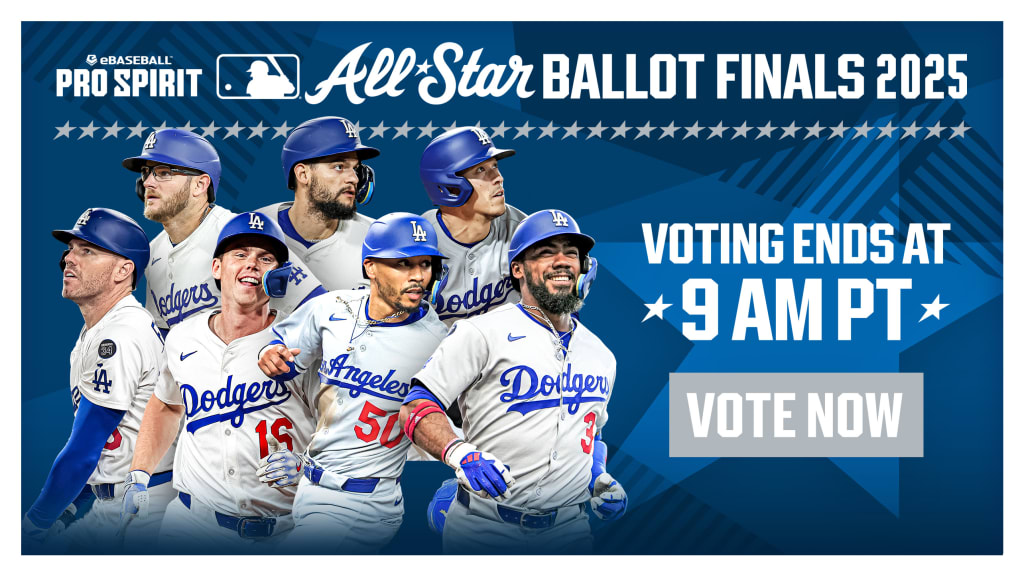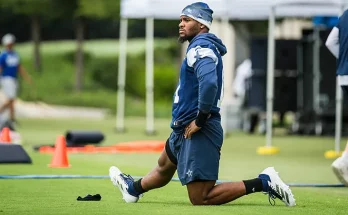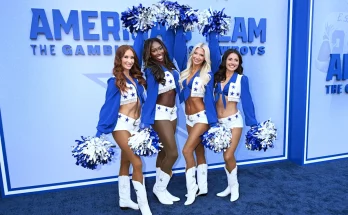As July approaches and the midsummer classic draws near, the Los Angeles Dodgers are riding a wave of dominance that has the entire National League taking notice. With the All-Star Game set to take place on July 15 at Truist Park in Atlanta, the Dodgers have more than just a presence—they have the potential to leave an indelible mark. Shohei Ohtani has already clinched a starting roster spot, and an entire squad of Dodgers stars is jockeying for fan voting, player nods, and league selections. In many ways, this is shaping up as the most celebrated Dodgers year in the history of the All-Star Game.
Shohei Ohtani, one of baseball’s most electrifying talents, has been a revelation in his first season with the Dodgers. Fresh off Tommy John surgery rehab, he’s not only returned to the mound—making strategic one-inning appearances—but has also churned out offense at an elite level. As of early July, he leads the National League in home runs and OPS, and he’s already been voted as the NL’s starting designated hitter for the All-Star Game, topping the overall fan voting leaderboard in both leagues (truebluela.com). That’s five straight All-Star appearances and continues to underscore his magnetic appeal to fans across the league.
But Ohtani is just the tip of the iceberg. Will Smith is surging in fan votes at catcher. He leads NL catchers in batting average, on-base percentage, slugging, wRC+, and WAR—a complete offensive and defensive force behind the plate. He topped the first round of voting by over two million ballots (truebluela.com). Smith is in prime position to make history as the first Dodgers catcher to start in back-to-back All-Star Games, potentially for the first time in franchise annals. His power, accuracy, and overall consistency have made him a front-runner to accompany Ohtani on the field in Atlanta.
At first base, Freddie Freeman has been a beacon of consistency. With a career OPS hovering near .900 and a bat that remains as reliable as ever, Freeman is again among the NL’s top vote-getters. In Phase 1 he surpassed Pete Alonso to lock down his spot in the final round (dodgerblue.com). His legacy includes a World Series MVP and multiple All-Star nods, and despite slipping a bit at the plate over time, he’s busier than ever anchoring a high-powered Dodgers lineup. His fans are voting hard, and at this point, he’s the most probable All-Star first baseman for the National League.
The infield continues to impress. Tommy Edman at second base is more than just a glove-first player; he’s bringing a blend of defense, speed, timely hitting, and personality that stands out. He’s locked into the Phase 2 voting mix against Diamondbacks’ Ketel Marte, and even if he doesn’t win the fan vote outright, player selections and league picks often fill those gaps (dodgerblue.com). Dave Roberts’ squad is deep at every position—Max Muncy at third base maintained enough power and pop through June to earn his position in both Phase 1 and Phase 2 voting (dodgerblue.com). He’s a veteran with a history of clutch hitting and All-Star experience. Even though Manny Machado is close in voting, Muncy’s momentum can’t be ignored.
Then there’s the shortstop situation. Mookie Betts, playing exclusively at short this year, finds himself trailing Mets’ Francisco Lindor in Phase 2 voting . But as a perennial All-Star and one of the most beloved athletes in the sport, Betts has the potential to earn a player’s vote or make the final 32-man NL roster through league selection. His transition to shortstop is a story in resilience and versatility, and another All-Star berth would further solidify his legacy.
The outfield is where the Dodgers could make history. Teoscar Hernández, newly signed to a three-year deal, has carried over his power-hitting from previous years and even earned NL Player of the Week honors earlier this June (en.wikipedia.org). He landed in the top six during Phase 1 fan voting, and recently moved into fourth place in Phase 2 (dodgerblue.com). Then there’s Andy Pages, a breakout sensation. Ranking fifth in initial fan votes, Pages has surged late in the race and captured a Phase 2 finalist spot (mlb.com), emerging as a first-time contender who combines raw power and polished swing.
Together, Hernández, Pages, Betts and Muncy are making headlines—and Dodgers fans can push them into the starting lineup. Pitchers and player selections only add to the team’s potential representation.DOD
The prospect side is equally tantalizing. Josue De Paula and Zyhir Hope, playing for the Dodgers’ Class A Great Lakes Loons, have earned spots in the prestigious All-Star Futures Game during the break (ourmidland.com). Though this event doesn’t count toward the main All-Star roster, it showcases the talent pipeline and suggests that L.A.’s dominance extends far beyond the current roster.
The Dodgers now have a chance not just to fill the roster, but to make history. If the fan voting goes their way, they could tie the MLB record for position players voted to start the All-Star Game—seven—an accolade unmatched since the 1956 and 1976 Cincinnati Reds (secretlosangeles.com). With Ohtani, Smith, Freeman, Betts, Muncy, Hernández, and Pages all in contention, and with player/league picks likely to add Edman or others, L.A. could dominate the lineup like no team has in decades.
There are broader implications to consider. Critics often call out fan voting as a skewed popularity contest that favors big markets. Washington’s James Wood, despite top-tier performance, was left off the finalist list due to lower fan turnout (mlb.com, federalbaseball.com). Dodgers players, benefiting from their global brand and massive fan reach, are a textbook example of both the strengths and flaws of the system. Yes, it can seem unfair to players from less popular teams. Yet MLB’s fans voting in mass numbers also demonstrates loyalty, passion, and the unique window that the midsummer sampling offers fans to support their heroes.
There’s something intoxicating about the possibility of this many Dodgers wearing the NL uniform together. Sure, skeptics might dismiss it as overwhelming market bias or as fans simply voting en masse because of star appeal. But when performance backs popularity—like the NL’s best record, a power-laden roster, and a two-way phenom leading the charge—there’s little room to dismiss the Dodgers’ presence in Atlanta.
And even if some players fall short in fan voting, players and league selectors have the power to balance the roster, ensuring deserving contributors like Edman (who may lose to Marte in fan voting) or other solid performers make the cut (mlb.com).
The All-Star Game isn’t just an exhibition—it’s a snapshot of the season’s best, the characters that define the moment, and the dreams of every fan. When Dodgers like Ohtani, Freeman, Betts, Smith, Hernández, Pages, Muncy, and Edman take the field, it won’t just be a reflection of L.A.’s dominance—it will be a reflection of modern baseball. Two-way stars, home-run hitters, glove-first defenders, and rising prospects all converging at midseason to showcase the depth, talent, and narrative power of one of MLB’s premier franchises.
Atlanta 2025 looms as a potential testament to the Dodgers’ unparalleled development, their fan-driven strength, and their depth across the roster. It’s rare for a franchise to have so many high-performing players across so many positions simultaneously, all synchronized into an All-Star push that could rewrite the narrative of what a singular team represents on the league’s biggest stage.
If all roads lead through Atlanta mid-July, they’re paved in Dodger blue. And if history is any guide, they’ll arrive with oodles of momentum, layers of superstar storylines, and a lineup that’s as compelling as it is stacked.



